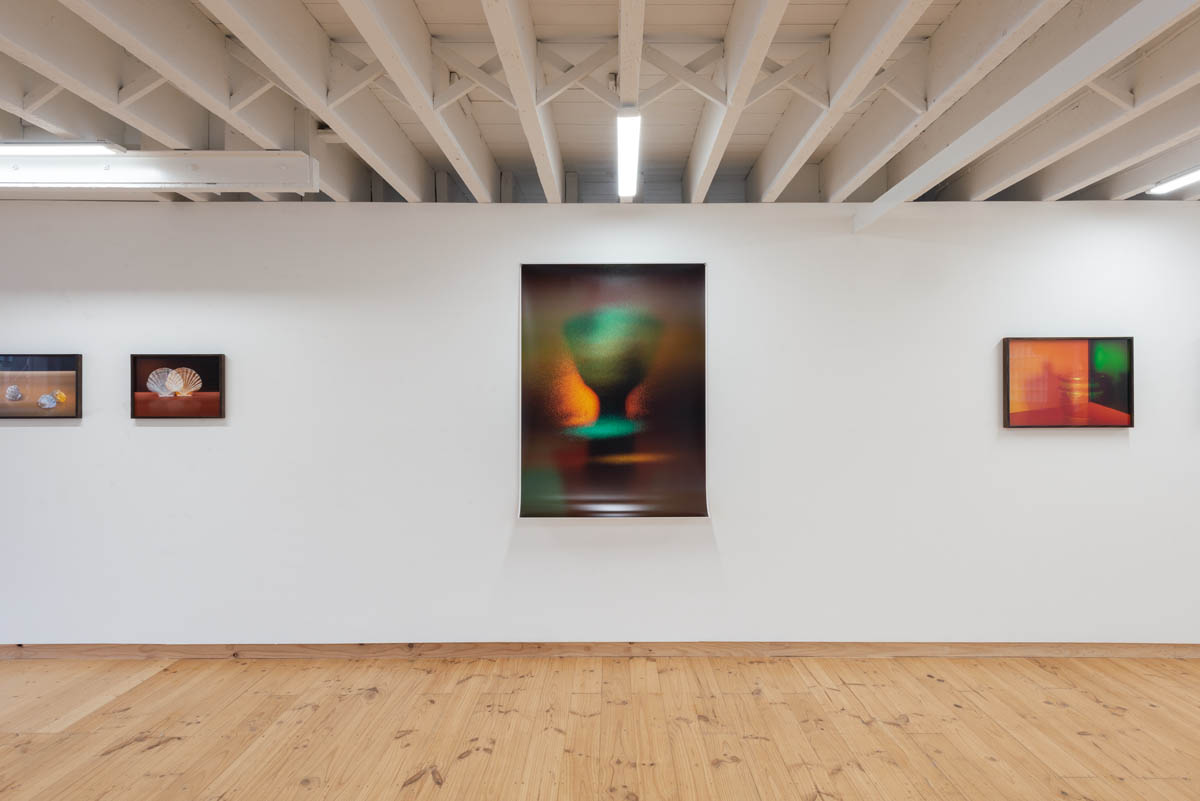The Stranger
30 April – 25 May 2019
Blockprojects, Melbourne
In the bible Luke tells the story of the two followers of Jesus who are travelling to Emmaus when they meet a stranger whom they invite to dinner. The stranger is in fact Jesus who they fail to recognise. During dinner Jesus reveals his true identity and vanishes leaving the astonished men to celebrate his resurrection.
This story is represented by Caravaggio in two paintings entitled ‘Supper at Emmaus’ and finished in 1601 and 1606. In each version he shows a naturalistic and relatively mundane domestic scene at the moment of transformation. In this singular instant the stranger is identified as someone the apostles already know.
Putting the supernatural aspects aside this story highlights key questions around subjectivity, truth and the act of knowing. By making himself identifiable, Jesus eliminates all other possibilities and is limited to the Jesus they already knew. According to the biblical story Jesus was not simply a man but also the Son of God. In this context to ‘see’ the truth of the stranger is to disregard the contrasting truth of his omniscience and omnipresence. The process of seeing determined the identity of Jesus as a man however perhaps the true identity of Jesus was as a stranger – one who cannot be identified – because to do so is to limit and contain into a human form. Put in a secular context, the process by which a stranger become recognised or known is an active one of limitation and containment. The possibilities (including threat of harm) that the stranger embodies are reduced to an established framework or identity ‘that is already known’. As feminist scientist Karen Barad has shown, the apparatus by which we study and know the world actively determine the kinds of knowledge we gain. It’s a creative process.
Photography is such an apparatus. As an ostensibly representational medium photography operates through ‘revealing’ the world to us with apparently recognisable images of what we see around us. Of course this notion has been largely debunked however a society wide need to document, know and identify ourselves and others remain and it falls on a representational apparatus like photography to provide a framework through which this knowledge is produced. What is not often acknowledged are the decisions made when designing the apparatus by which we create knowledge and how this apparatus informs the types of knowledge being produced. If photography is our primary society-wide framework for knowing ourselves and others then what decisions have been made when constructing this framework and how does it determine what we know?
This series of still life images are a meditation on subjectivity and knowledge by way of an engagement with the representational apparatus of photography. I have used the two paintings by Caravaggio as a departure point however rather than focusing on the figure of Christ I have drawn my subject matter from the objects depicted at the dinner table or worn by the characters. There is the pilgrim’s shell (in itself a symbol of truth or evidence), a collection of fruit and the perilously posed basket, wine glasses and water jugs and vessels. Through a performative process that employs long exposure, hand held lighting and the repositioning of objects in a studio I aim to make these images themselves strangers – elusive and difficult to identify so that rather than offering a revelation of meaning they invite you to stay looking a little longer.
installation images by Simon Strong



























